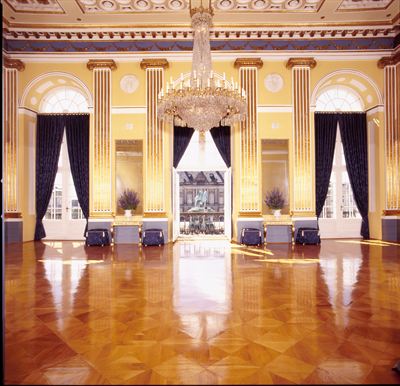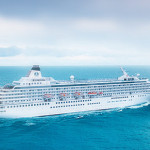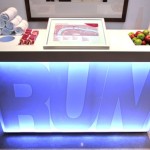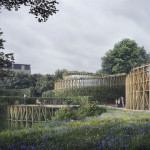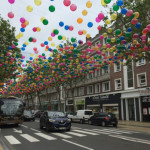On July 5th, Amalienborg opens its doors with new exhibition design and a broader scope.
Amalienborg is the heart of the Danish monarchy. The museum offers a unique opportunity to visit a living castle, where the rooms of former kings are furnished exactly as they were when the kings were alive. Presenting Amalienborg and the royal dynasty through new means of communication has long been a great wish of ours. The purpose of the new exhibition design is to give visitors an insight into life at the castle, historically and at present.
The zenith of the new communication design is a large, impressive exhibition model in chiseled corian. It is surmounted with an exact replica architecture model of the Amalienborg castle complex, which lights up in key points of interest. Below are immersed iPads, which give visitors a chance to select the stories they prefer to zoom in on and explore further.
Previously, the exhibition has focused on the lives of the former royals and their art treasures, however, we are now launching a wider scope, and a part of the museum is now devoted to royal life at present – what are the rolls and tasks of a royal in the 21st century?
The extended scope also includes the architecture and construction of Amalienborg and the district surrounding it called “Frederiksstaden”. The lay-out of 18th century Frederiksstaden represents a highlight in Danish European Rococo architecture. Its landmark is the giant equestrian statue of Frederik V created by the Frenchmen Jacques-François-Joseph Saly (1717– 1776). He was regarded as the best horse sculptor of his time and it took him 14 years to complete the statue, which ended up costing more than the four palaces altogether.

